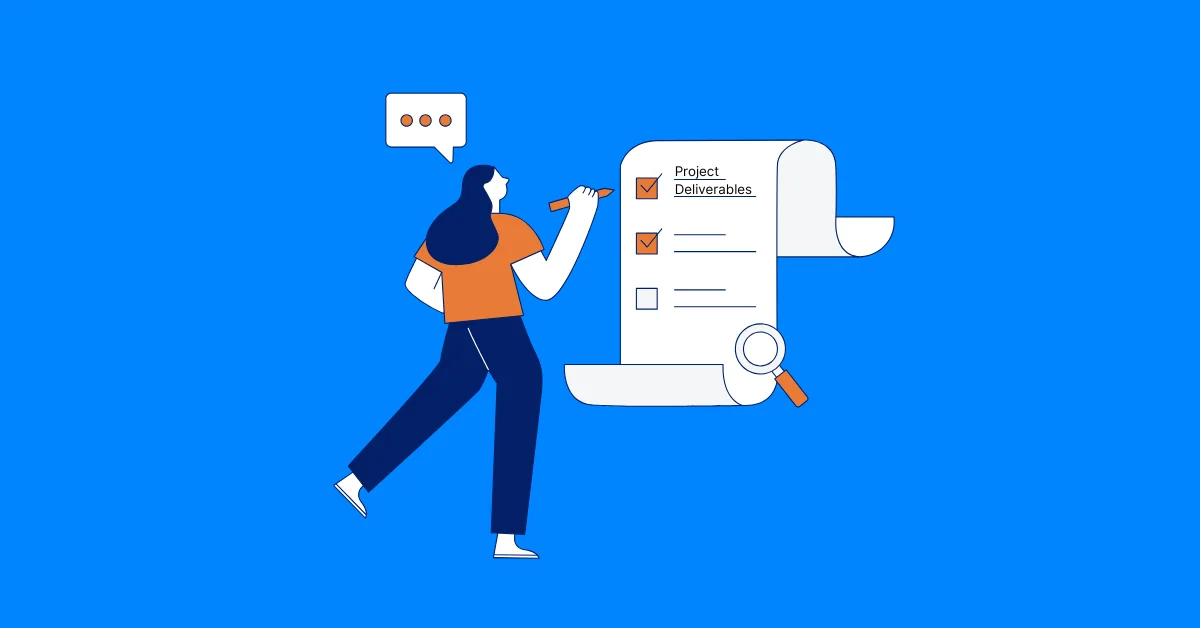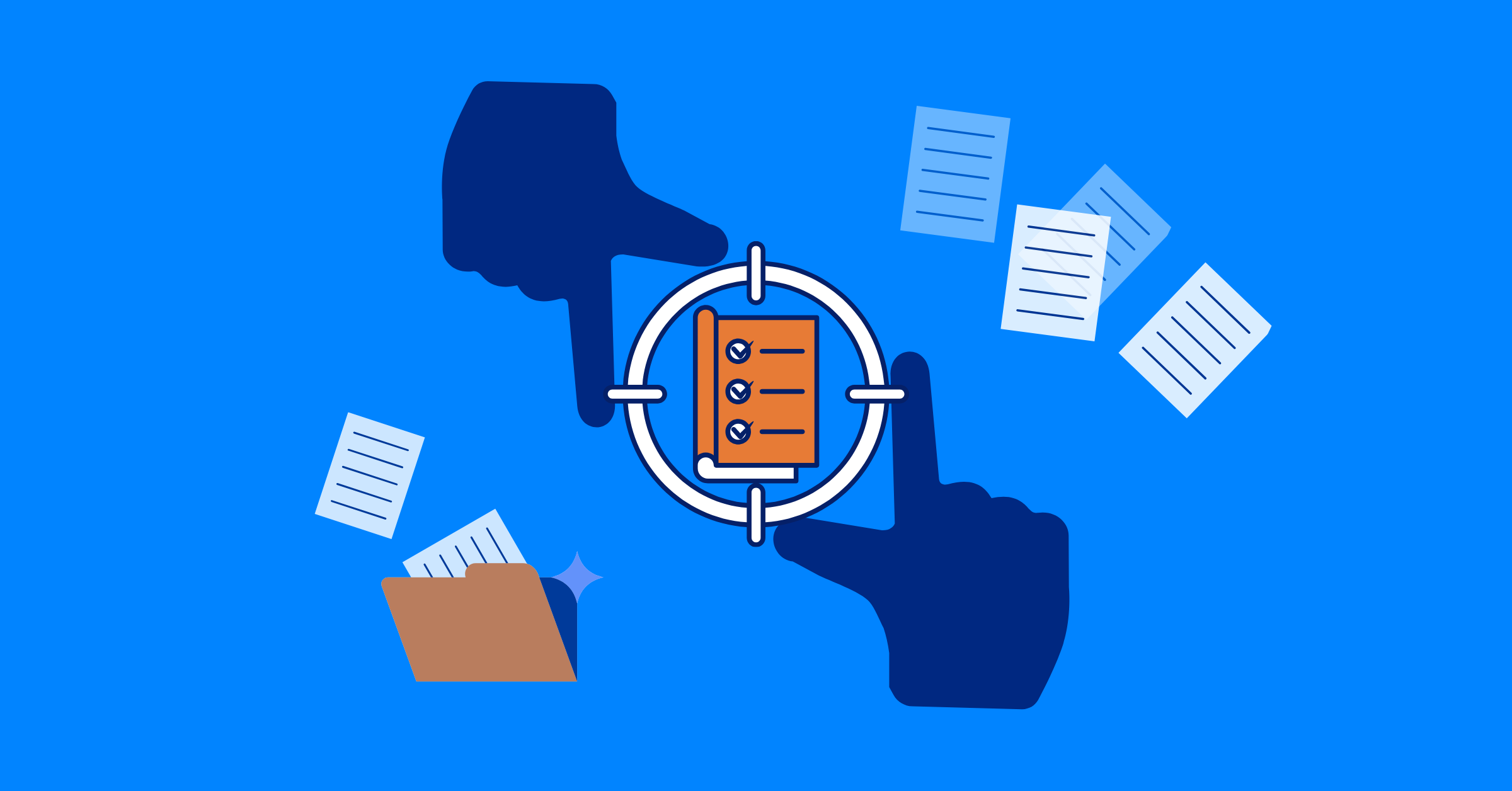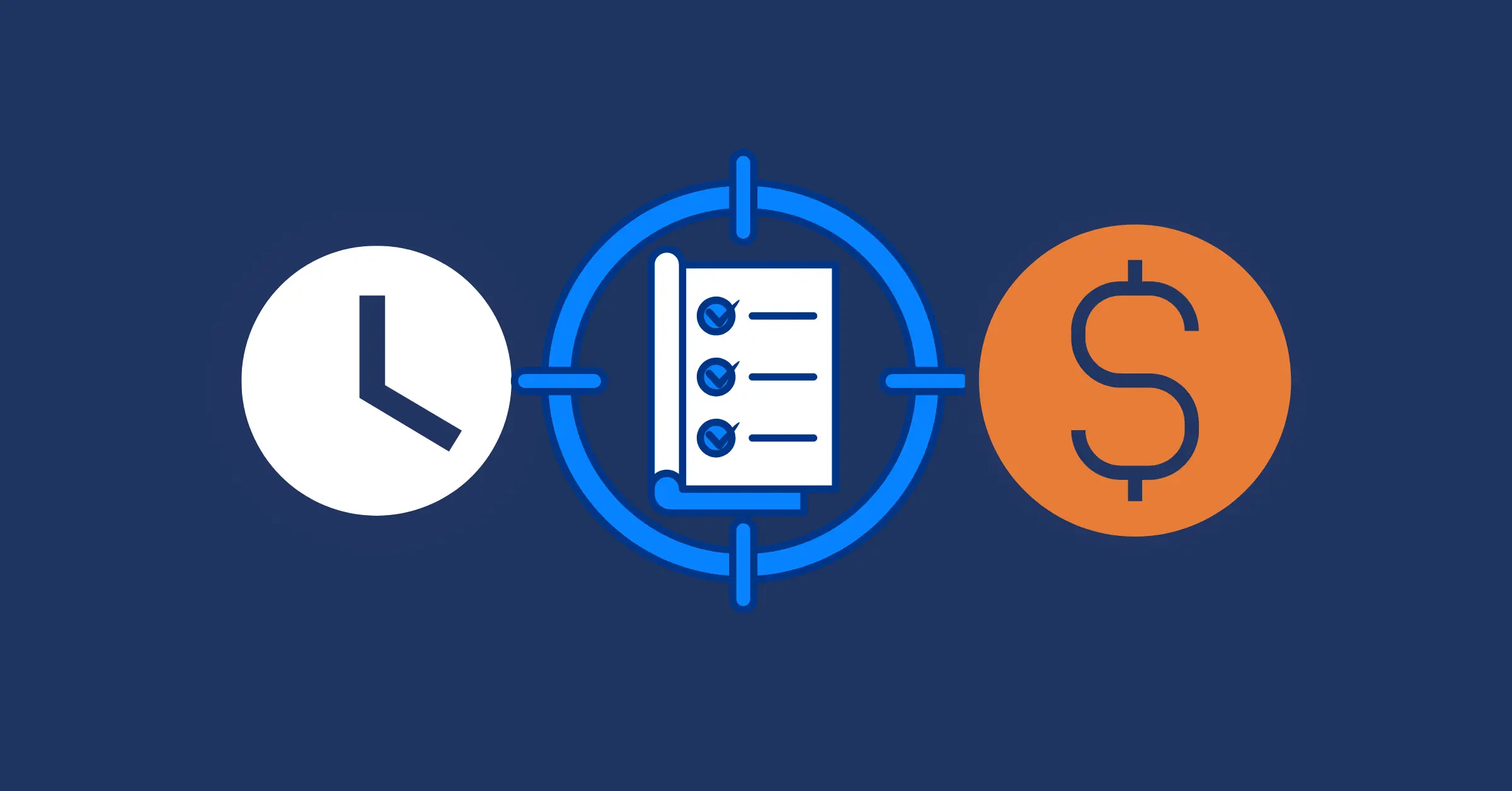How to Define Project Deliverables: A Step-by-Step Guide
Learn what project deliverables are, how they differ from objectives and milestones, key types, examples, and tips to define and manage them.
Clear outcomes are the backbone of any successful project. Before work begins, every team needs to agree on what will be produced, who will deliver it, and how success will be measured. These outputs are known as project deliverables.
During the project planning phase, deliverables provide the structure and accountability a project needs. They connect objectives with actions, align stakeholder expectations, and keep teams focused on results that matter most.
In this guide, we’ll explore what project deliverables are, how they differ from objectives and milestones, the main types you’ll encounter, and a step-by-step approach to defining them effectively.
What Are Project Deliverables?
Project deliverables are the specific outputs a project team must produce to achieve its objectives. They represent the tangible or intangible results that mark progress and confirm that key parts of the project are complete. In simple terms, deliverables are what the project promises to deliver.
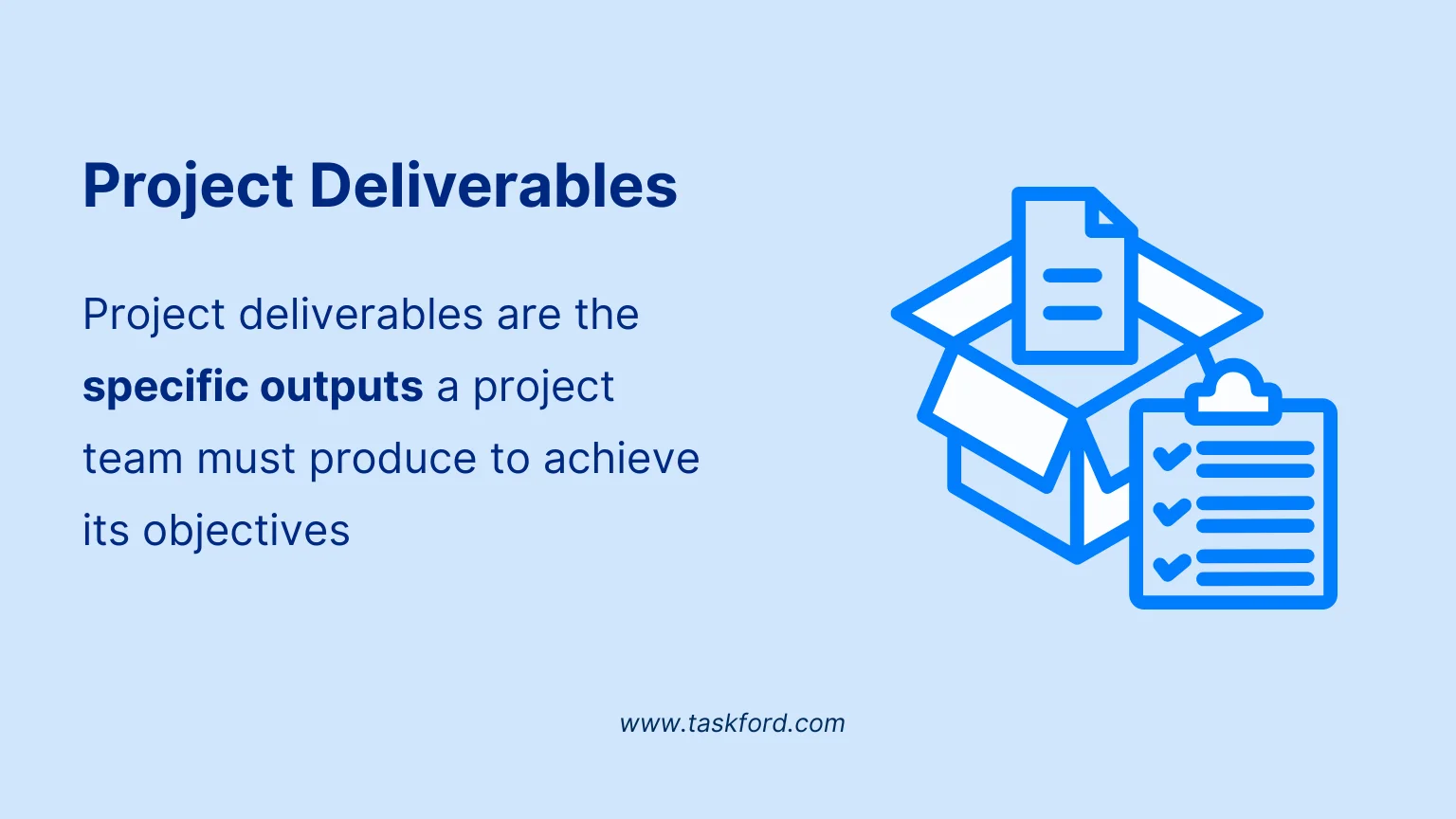
Deliverables can take many forms, including documents, reports, designs, systems, training materials, and even approvals. Each deliverable contributes to fulfilling the project’s goals and serves as evidence that work has been completed as planned.
It’s important to distinguish deliverables from tasks. Tasks describe the actions taken to complete the work, while deliverables are the end results of those actions.
Example: In a website development project, a task might be “Design the homepage layout,” but the deliverable is the “Approved homepage design file.”
Deliverables are also used to measure project success. When all deliverables meet their defined acceptance criteria—on time, within scope, and to the expected quality—the project can be considered successful.
The Key Differences Between Project Deliverables, Objectives, and Milestones
In project planning, terms like deliverables, objectives, and milestones are often used together—and sometimes interchangeably. But each serves a distinct purpose. Understanding the difference helps teams stay organized and measure progress accurately.
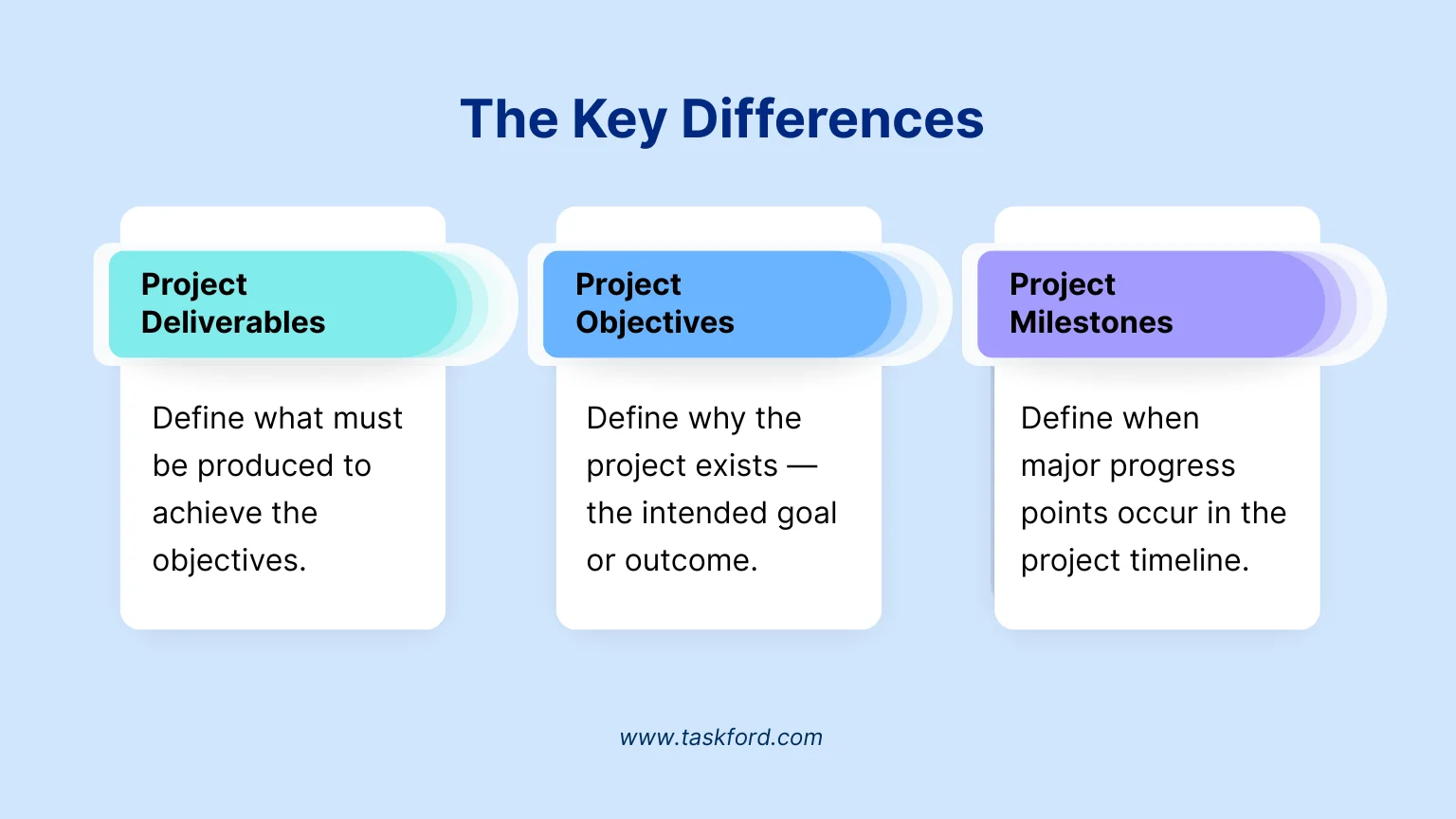
1. Project Deliverables vs. Project Objectives
Project objectives explain the purpose of the project — the outcome it aims to achieve. They describe why the project exists and what success should look like.
Project deliverables, on the other hand, define the outputs that must be produced to reach those objectives. They describe what will be created, completed, or handed over during the project.
Example:
- Objective: Improve customer onboarding efficiency by 20%.
- Deliverables: A new onboarding workflow, updated training materials, and a performance dashboard.
In short, objectives provide direction, while deliverables turn that direction into tangible results.
In other words, objectives set the destination, while deliverables are the tangible steps that get you there. Both are essential for clarity and alignment during the project planning phase.
2. Project Deliverables vs. Project Milestones
Project milestones represent key checkpoints or significant moments within the project timeline. They don’t produce an output on their own but mark progress toward completing major deliverables or phases.
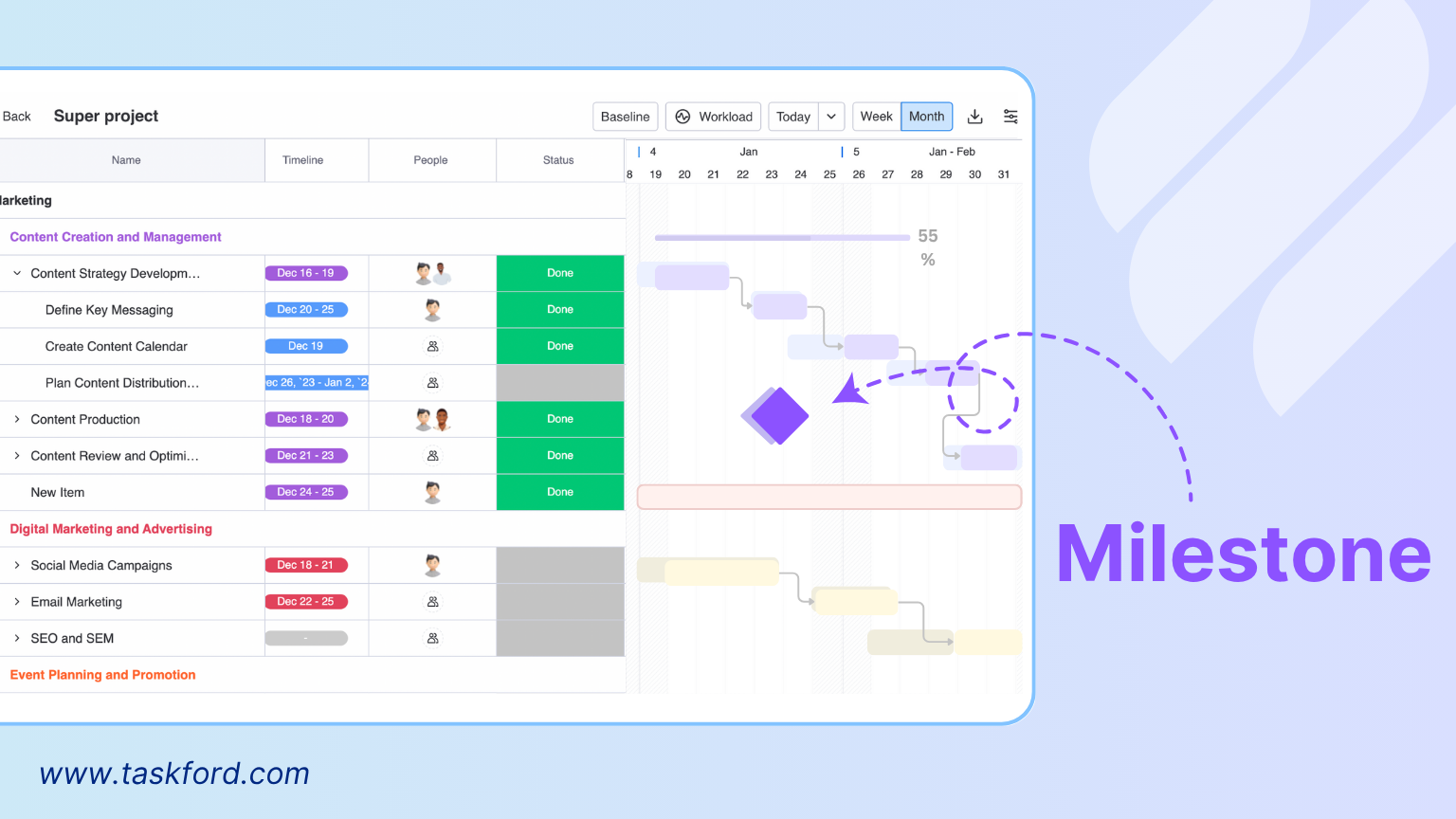
Project deliverables, by contrast, are the tangible results created throughout the project — the actual outputs that must be finished before a milestone can be reached.
Example:
- Milestone: “Prototype approved by client.”
- Deliverable: “Completed prototype and user testing report.”
Milestones help visualize progress, while deliverables show the actual work accomplished.
3. Summary Table: Project Deliverables, Objectives, and Milestones
| Term | Purpose | Focus | Measured By |
|---|---|---|---|
| Project Deliverables | Define what must be produced to achieve the project’s objectives | Output-oriented | Completion and approval of tangible or intangible results |
| Project Objectives | Define why the project exists — the intended goal or outcome | Outcome-oriented | Achievement of desired results or performance targets |
| Project Milestones | Define when major progress points occur in the project timeline | Time-oriented | Reaching key dates, approvals, or phase completions |
Types of Project Deliverables
Every project produces a range of outputs that serve different purposes. Some are meant for internal use, while others are delivered to clients or stakeholders. Some are physical, while others are conceptual or process-driven.
Understanding the different types of project deliverables helps project managers plan effectively, assign responsibilities, and track progress with accuracy. Below are six common categories used to classify these deliverables.
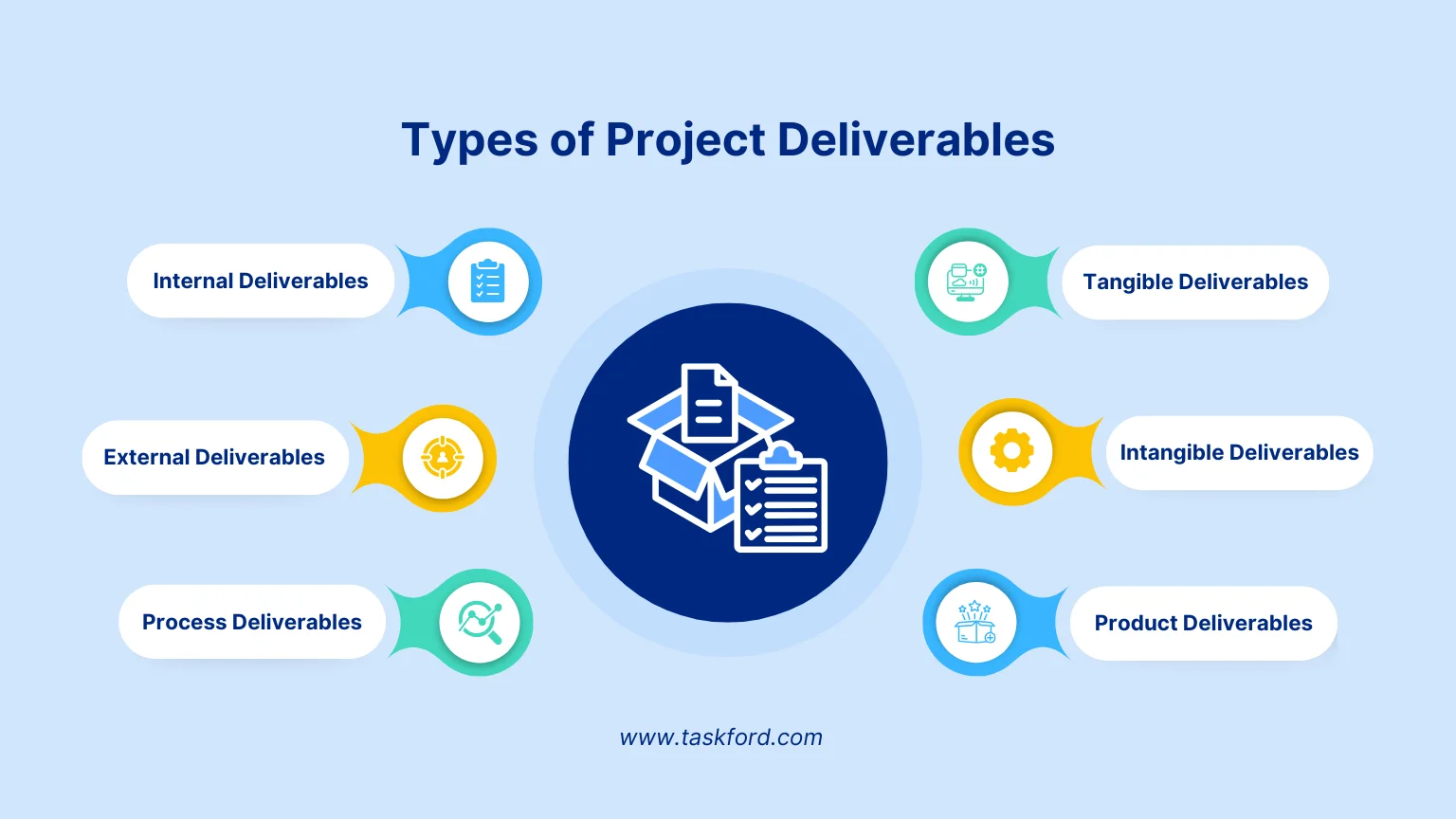
1. Internal Deliverables
Internal deliverables are outputs created and used within the project team or organization. They help manage and guide project execution, but are not shared with the client or end user.
Examples include:
- Project charter or internal project plan
- Progress reports or internal dashboards
- Risk management logs or testing documentation
These deliverables support collaboration and ensure the project stays aligned internally before moving toward external outputs.
2. External Deliverables
External deliverables are outputs intended for clients, sponsors, or end users. They represent the visible results of the project and are typically reviewed or approved by external stakeholders.
Examples include:
- Final reports or presentations
- Completed product or service
- Client training materials or documentation
These deliverables reflect the final outcomes that fulfill contractual or client expectations.
3. Tangible Deliverables
Tangible deliverables are physical or measurable items that can be seen, touched, or tested. They provide clear evidence of progress or completion.
Examples include:
- Software applications
- Hardware components
- Printed manuals or reports
- Completed infrastructure or physical assets
These are common in construction, IT, and manufacturing projects, where concrete results demonstrate project success.
4. Intangible Deliverables
Intangible deliverables are non-physical outputs that provide informational or strategic value. They may include insights, decisions, or improvements that guide future actions. While they cannot be measured physically, they are essential for aligning strategy and ensuring informed decision-making.
5. Process Deliverables
These deliverables define how the project will be executed. They include the frameworks, methods, and procedures that guide the team’s work. They help standardize operations, ensure consistency, and maintain control over project execution.
6. Product Deliverables
Product deliverables are the final outputs that fulfill the project’s purpose. They represent the end results produced once all work is completed and accepted. These deliverables mark the completion of key phases or the entire project lifecycle.
Benefits of Defining Project Deliverables
Clearly defining project deliverables is more than just documenting outputs—it’s about creating structure, accountability, and alignment across the entire project. When deliverables are well defined, teams can plan efficiently, manage expectations, and measure success with confidence.
1. Establishes Clarity and Direction
Defined deliverables ensure everyone understands what needs to be produced and why. They turn project goals into specific outcomes, reducing confusion and helping teams focus on the right work from the start.
2. Strengthens Project Scope and Planning
Deliverables form the foundation of the project scope. They help determine what is included in the project—and what isn’t. This clarity supports accurate timelines, budgets, and resource allocation, leading to more realistic and manageable project plans.
3. Improves Accountability
Each deliverable can be assigned to an owner, creating clear responsibility for completion and quality. This accountability keeps progress transparent and makes performance tracking easier across teams.
4. Enhances Communication and Alignment
Deliverables provide a shared reference point for all stakeholders. They make it easier to discuss progress, evaluate changes, and ensure that everyone—from team members to clients—has the same understanding of project expectations.
5. Supports Quality and Risk Management
Defined deliverables include measurable acceptance criteria. This makes it easier to evaluate quality, identify potential risks early, and ensure that outputs meet the required standards before moving to the next phase.
How to Define Project Deliverables: Step-by-Step Guide
Below is a practical, step-by-step approach to help you define deliverables effectively—ensuring that everyone involved understands what success looks like.
Step 1: Review the Project Objectives
Start with a clear understanding of what the project is trying to achieve. Objectives set the direction; deliverables translate that direction into results.
Review the project charter, business case, or statement of work to identify:
- The core purpose of the project
- The problems or opportunities it addresses
- The outcomes that define success Each deliverable should serve a direct purpose in fulfilling these objectives. If a proposed deliverable doesn’t support the project’s goals, it’s likely unnecessary and could lead to scope creep later on.
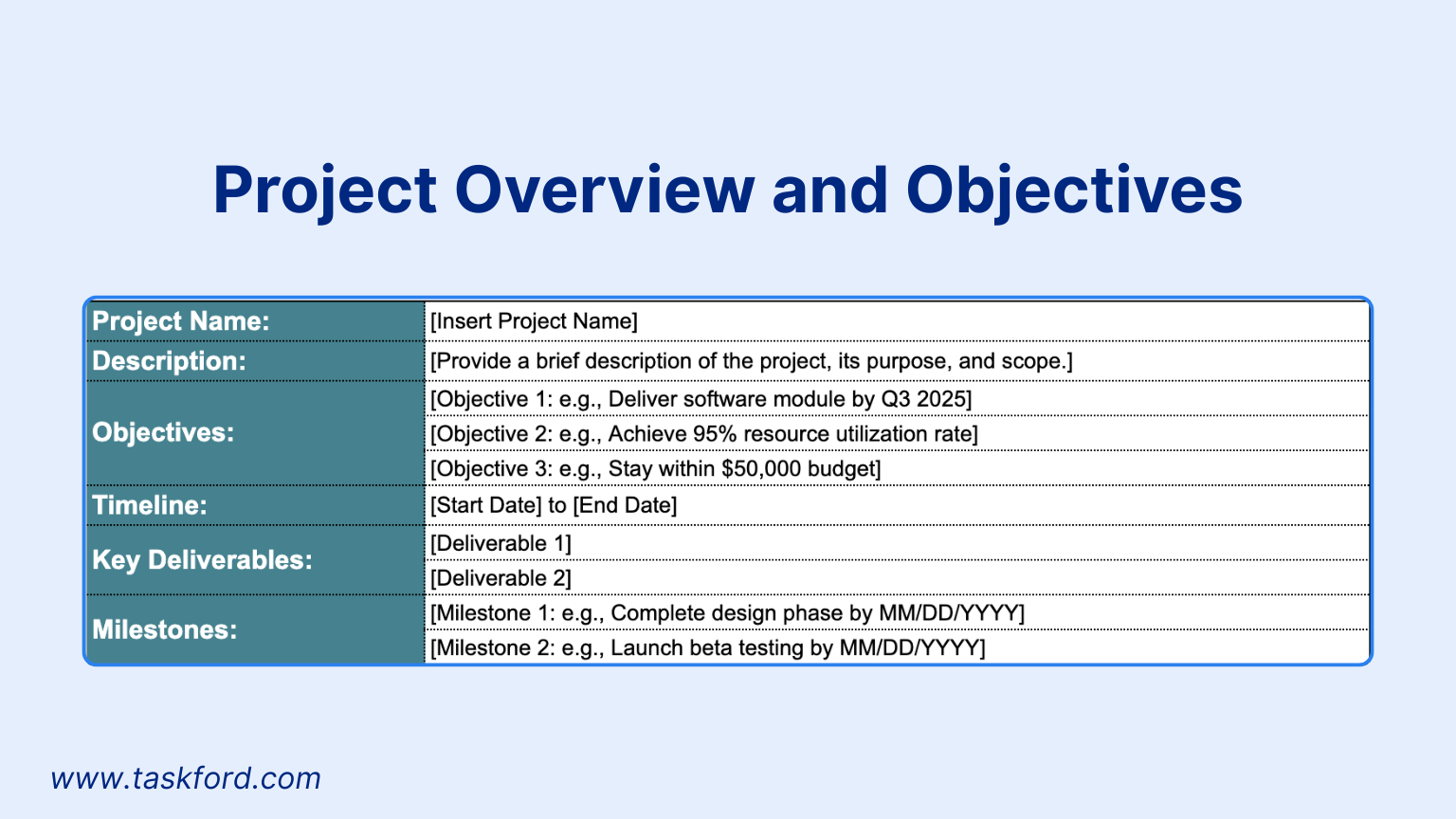
Step 2: Gather Stakeholder Requirements
Stakeholders define what “done” means. That’s why early engagement is essential.
Meet with sponsors, clients, and internal teams to clarify expectations. Ask questions such as:
- What outputs or results do you expect at the end of the project?
- Are there specific formats, standards, or approval processes required?
- How will success be measured for each deliverable?
Document all stakeholder inputs, then reconcile them against project constraints (time, cost, scope). This helps balance expectations with feasibility.
Step 3: Break Down the Work Using a WBS
Once you understand the objectives and expectations, organize the work logically using a Work Breakdown Structure (WBS). The WBS breaks the project into smaller, manageable parts — from high-level deliverables down to detailed work packages.
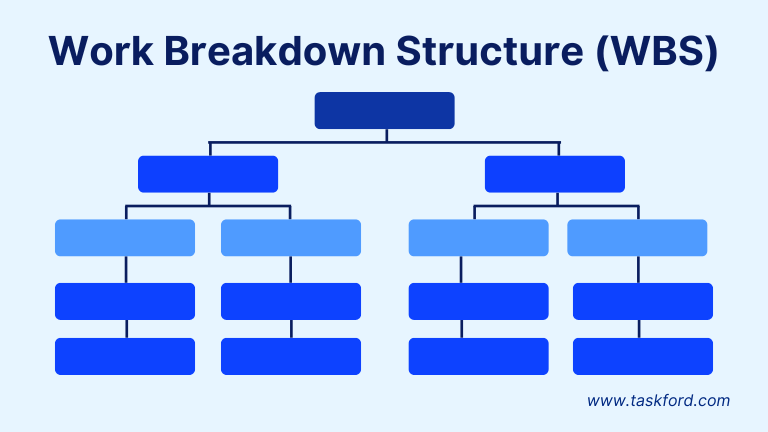
For example, in a product development project, your top-level deliverable might be “Product Launch.” Under that, you might have sub-deliverables such as “Prototype,” “Marketing Assets,” and “Launch Plan.”
Step 4: Define Each Deliverable Clearly
Each deliverable should be documented clearly to avoid ambiguity. A well-defined deliverable typically includes:
| Field | Purpose |
|---|---|
| Deliverable Name | Clear and concise title that describes the output |
| Description | Summary of what the deliverable includes and its intended purpose |
| Owner or Responsible Party | The person or team accountable for creating it |
| Due Date or Milestone | When it must be completed or submitted |
| Acceptance Criteria | Conditions that must be met for approval (quality, format, performance, etc.) |
| Dependencies | Any other deliverables, resources, or approvals required before completion |
This structure ensures shared understanding and supports traceability throughout the project lifecycle.
Step 5: Apply the SMART Criteria
Each deliverable should meet the Smart standard — a simple but powerful framework for ensuring clarity and feasibility:
- Specific: Clearly defined and unambiguous
- Measurable: Has indicators for completion or success
- Achievable: Realistic given time and resource constraints
- Relevant: Directly supports project objectives
- Time-bound: Has a clear delivery date or milestone
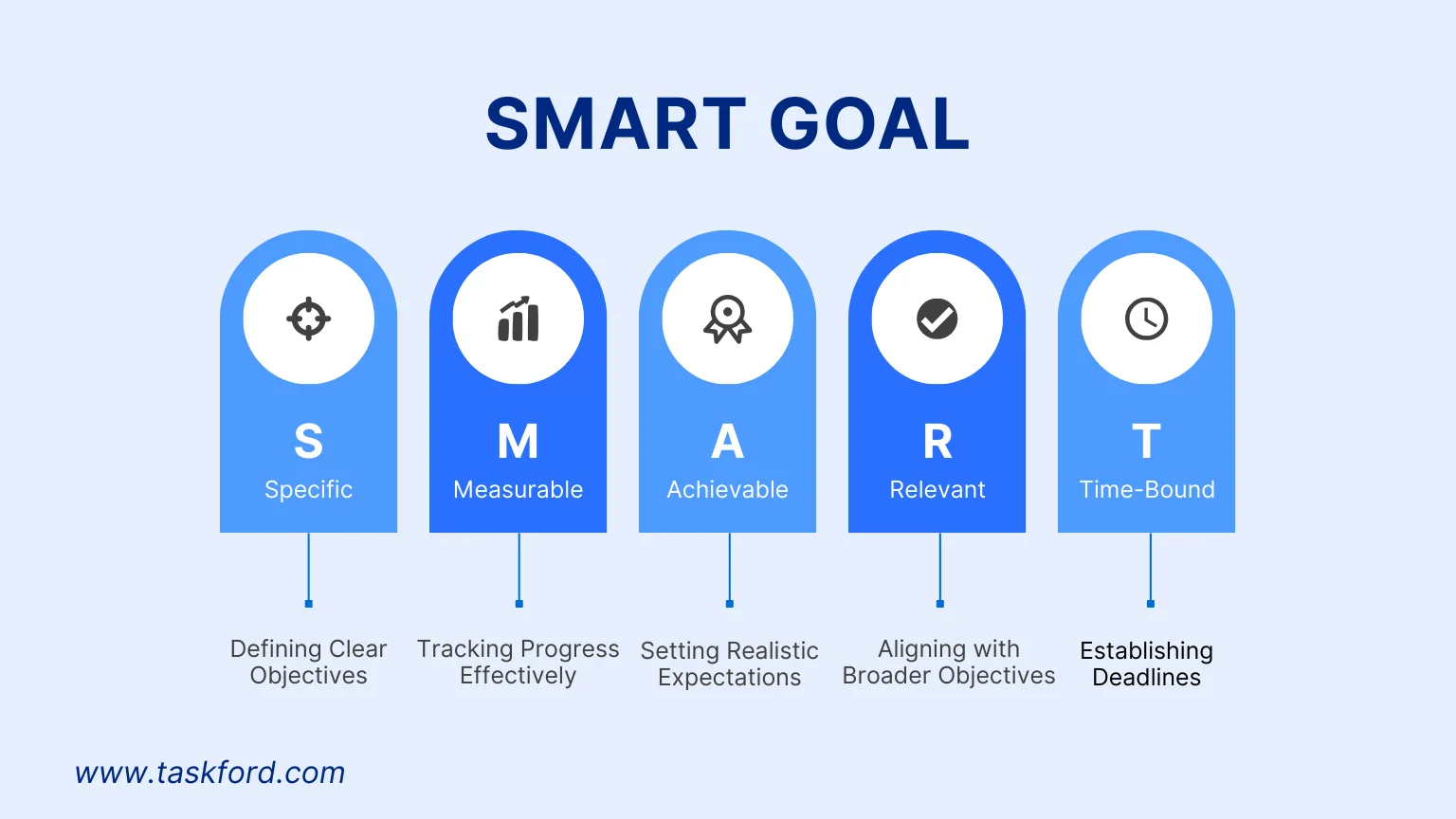
For instance, instead of “Create documentation,” specify: “Develop a user guide and training manual for the new HR system by June 15, reviewed and approved by the HR Director.”
Step 6: Validate and Get Stakeholder Approval
Before finalizing your list, review deliverables with sponsors and key stakeholders. This validation step ensures:
- All stakeholder needs are captured and agreed upon
- Deliverables are realistic within project constraints
- Approval criteria and ownership are clearly understood
Formal approval (often part of the project scope statement) provides a baseline for accountability. Any future changes can then be managed through the change control process.
Step 7: Integrate Deliverables into the Project Plan
Once deliverables are approved, integrate them into all key project documents:
- Schedule: Link each deliverable to tasks, milestones, and deadlines
- Resource plan: Assign roles, skill sets, and effort required for each deliverable
- Risk register: Identify potential risks associated with dependencies or quality issues
- Communication plan: Define how progress on deliverables will be reported
Tracking deliverables through your project management tools ensures visibility at every level — helping teams monitor progress, address delays early, and stay aligned on priorities.
FAQs About Project Deliverables
1. What best describes a project deliverable?
A project deliverable is a specific output or result that a team must produce to meet a project’s objectives. It can be tangible, such as a product, document, or report, or intangible, such as a decision, approval, or completed process.
In simple terms, deliverables are the measurable outcomes that prove progress and confirm project success.
2. What are examples of project deliverables?
Examples of project deliverables vary by project type but generally include:
- Business reports or strategy documents
- Software applications or product features
- Marketing assets or campaign plans
- Training programs or knowledge materials
- Approved blueprints or system designs
These deliverables represent the concrete results produced to fulfill the project scope and achieve its goals.
3. How are project deliverables different from project tasks?
Project tasks describe the actions taken to complete work, while project deliverables are the finished results of those actions.
- A task focuses on what you do.
- A deliverable focuses on what you produce.
For example, “Develop website wireframes” is a task, but “Approved website design” is a deliverable. Deliverables are the key indicators of progress in project management.
4. Can project deliverables change during the project?
Yes. Project deliverables can change if the project scope, client requirements, or priorities shift. When this happens, the change should go through a formal change control process to assess its impact on time, cost, and quality before approval.
5. Who is responsible for project deliverables?
Every deliverable should have an assigned owner — the person or team responsible for producing and submitting it. The project manager oversees the process, ensuring that each deliverable meets its acceptance criteria, quality standards, and deadlines.
Conclusion
Clear project deliverables define what success looks like. They connect goals with results, align teams, and keep work on track from start to finish.
By linking deliverables to your project scope, organizing them through a Work Breakdown Structure (WBS), and applying SMART criteria, you create a strong foundation for control, accountability, and measurable outcomes.
You Also May Like:
- RACI Chart in Project Management : Rules & Examples [Free Download]
- Project Development Plan: How to Make One That Minimizes Risks [Free Templates]
- Project Management Terms: 80 Key Project Management Terminology You Should Know
- How to Make a Gantt Chart in Projects Using Project Management Tools
Making work simpler,
smarter, and more connected
Join our waitlist and be notified first.

Subscribe for Expert Tips
Unlock expert insights and stay ahead with TaskFord. Sign up now to receive valuable tips, strategies, and updates directly in your inbox.



